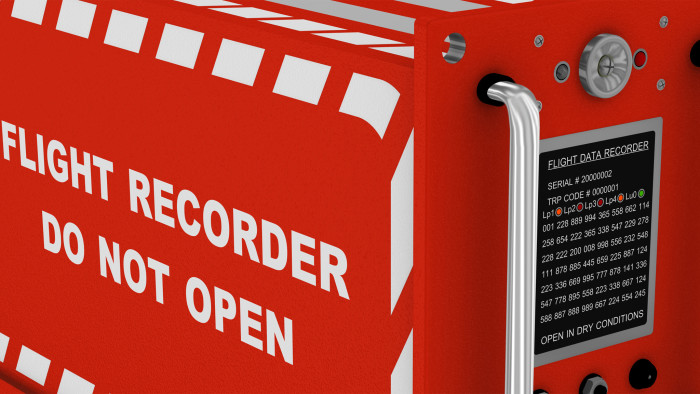What managers can learn from air crashes

Simply sign up to the Business education myFT Digest -- delivered directly to your inbox.
Confronting Mistakes: Lessons from the Aviation Industry When Dealing with Error, by Jan U. Hagen, Palgrave Macmillan
It was only when I took this book out of my bag and settled into my economy-class seat that it occurred to me that it might not have been the most tactful reading to have brought on board. That I did so without thinking shows how routine and safe air travel has become.
That is a tribute to aircraft manufacturers, pilots and air traffic controllers who, in their attention to detail, never forget that, unlike in most industries, mistakes can cost lives.
The airline industry’s outstanding safety record also comes from decades of intense analysis of errors and crashes – and a determination to learn the lessons. In particular, the industry became aware in the 1970s that advances in aircraft technology were not bringing the expected fall in accidents, about 70 per cent of which were caused by human error.
The installation, beginning a decade earlier, of “black boxes” (which are not actually black), provided information crucial to understanding how accidents happened. The voice recordings, several produced verbatim here, make this book a riveting, at times thriller-like, read.
The author, Jan Hagen, is both a pilot and a faculty member at the ESMT European School of Management and Technology in Berlin. Central to many accidents, he found, was the hierarchy in the cockpit, with the captain a toweringly powerful person. Many started as air force pilots; they saw themselves as decisive, buccaneering loners.
Hagen recounts several accidents in which co-pilots and cockpit flight engineers, having watched their captains make disastrous errors, failed to intervene effectively. On a Japan Air Lines cargo flight in 1977, two younger Japanese crew members did nothing, even though their American captain was so drunk that they found themselves on the wrong runway. The aircraft crashed shortly after take-off, killing all the crew and the cattle they were transporting.
In the same year, two Boeing 747s, one belonging to KLM and one to Pan Am, collided on the runway at Tenerife airport, killing 583 people. It remains the highest death toll from an aircraft accident. Here, the KLM co-pilot saw the danger but, when the captain responded irritably, did not mention it again.
The central story of this book is how the industry changed the cockpit atmosphere. The captain remained in charge, but crew members were urged to speak up. Fundamental to this new, more egalitarian practice was encouraging staff to report their mistakes and, rather than blame them, use the experience to improve safety. It took 10 years for “crew resource management” to become standard. Flight captains did not, initially, enthusiastically accept these challenges.
Can other industries learn from the airlines’ approach? Hagen is careful not to claim too much. Unlike some writers, he does not believe that adopting similar techniques will make companies more innovative. He restricts his lessons to what companies can learn about managing errors.
This strikes me as promising, and not just for businesses where mistakes can cause loss of life. Few employees commit errors because they do not care. Mistakes happen most often because we have got into a pattern of doing things a certain way and ignore anything that suggests it should change. Mistakes happen, too, because those in charge think they are right. Reading this book, and talking about how it could work in your field, might be the beginning of the change you need. And the next time I get on a flight, I will be more alert to how those flying the aircraft keep us safe.
Comments